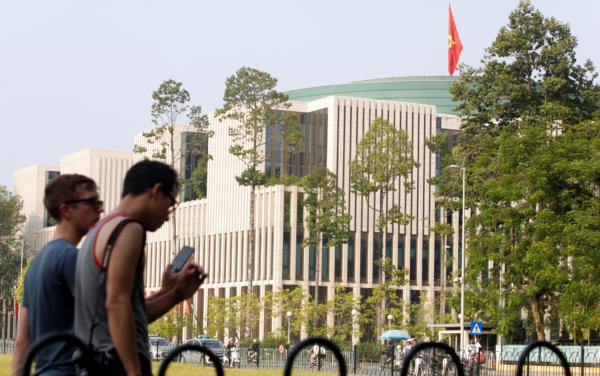
Typhoon Kajiki made landfall in Vietnam on Monday, bringing dangerous winds and heavy rainfall to the country's central provinces. The storm hit Nghe An and Ha Tinh provinces with wind speeds of 133 kph, causing widespread destruction as it surged through the region.
Authorities evacuated tens of thousands of residents from low-lying coastal communities as the powerful storm approached. Reports of uprooted trees, collapsed roofs, and flooded streets emerged as Kajiki battered the area, leaving many without power and disrupting communication networks.
The Vietnamese government activated emergency measures, mobilizing over 300,000 military personnel to assist with rescue operations. Schools were closed, airports shut down, and fishing vessels banned from leaving shore as the country braced for the impact of the fifth typhoon to hit Vietnam this year.
Residents described terrifying scenes of huge waves and flooding in coastal regions, with some comparing the storm to Typhoon Yagi, which devastated the country last year. While Kajiki is weaker, it still brought destructive winds and flooding, posing a significant threat to the affected areas.



The storm is expected to move towards Laos, Thailand, and China, with the risk of flash flooding and mudslides increasing. Meteorological authorities forecasted heavy rainfall in the region, with some areas expected to receive between 200-400 millimeters of rain.
In China, Hainan island and parts of Guangdong province experienced the outer bands of the typhoon, prompting precautionary measures and closures in the region. Scientists have highlighted the role of climate change in intensifying such storms, emphasizing the need for global action to mitigate the impacts of extreme weather events.
As Typhoon Kajiki continues its path through Southeast Asia, authorities are closely monitoring its progress and preparing for potential further damage. The resilience of communities in the face of natural disasters remains a critical focus as countries work towards building more sustainable and climate-resilient societies.







